How Can You Resize Base Metal Rings?
Written by Annabelle
May 14, 2019
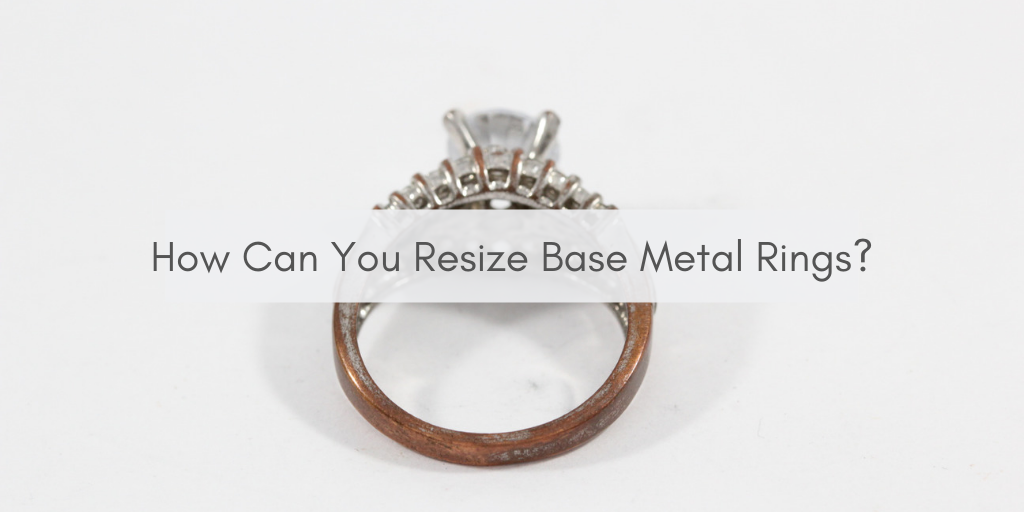
Rings are fun and beautiful accessories to wear- until they're too loose or too small. Normally that just means a quick fix at the jeweler's, but what to do when your ring is made from base metals such as copper, brass, or bronze? Why are jewelers turning you away? Learn more about how to resize base metal rings here.
What Are Base Metals?
In jewelry, metals are divided into two categories; precious metals and base metals. Precious metals consist of silver, gold, and platinum; their luster and malleability make them ideal for jewelry work. Base metals are non-precious metals such as copper, brass, and bronze. These metals are cheap and visually appealing, but certain aspects such as their heat transference and propensity for burning cause jewelers to shy away from working with them after the initial casting of the piece.
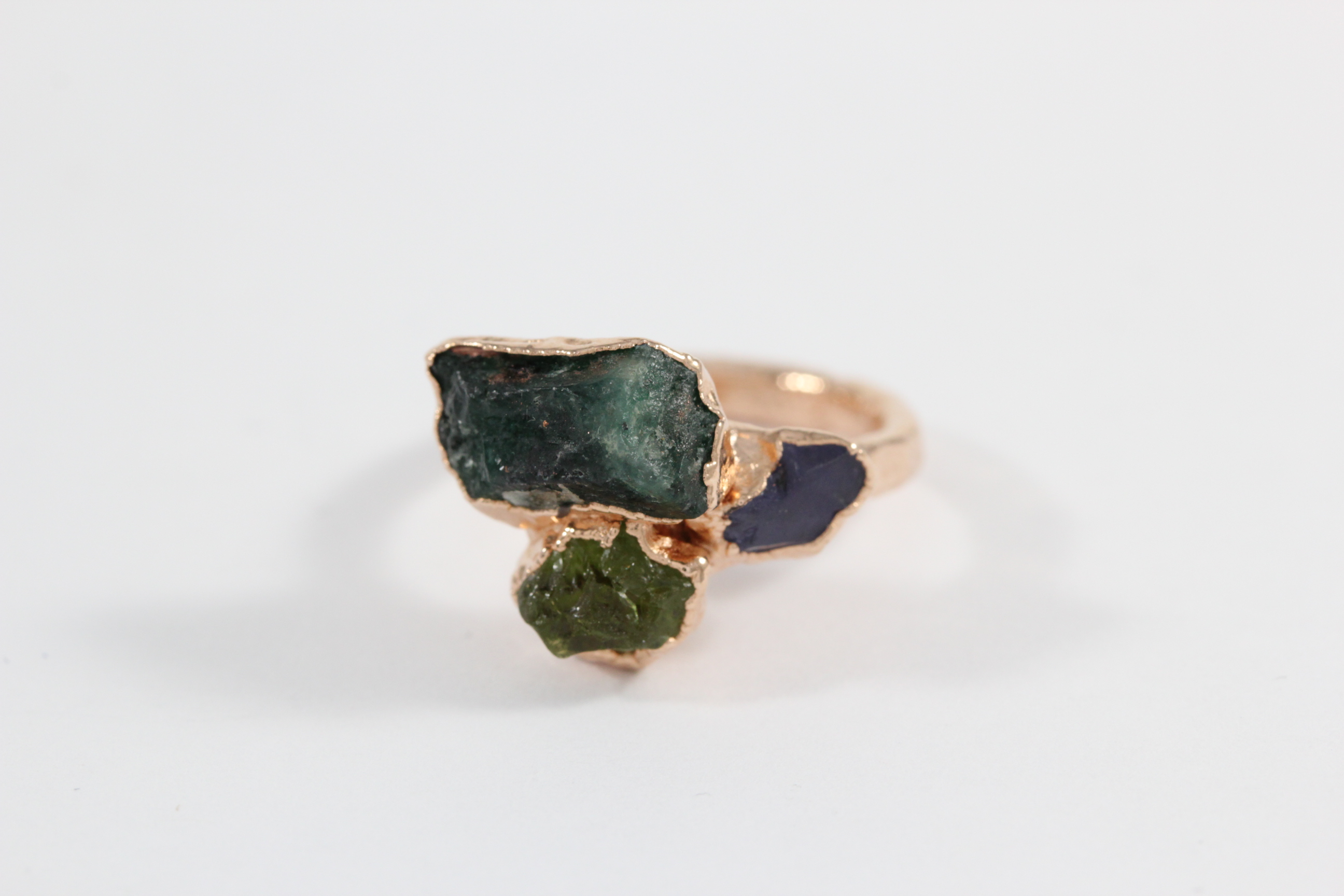
A copper ring with 3 raw birthstones
- Copper: Copper is a natural metal found in the earth. It has a unique and desirable reddish color that is visibly different than the paler rose gold, and has been used in art and jewelry since antiquity. However, it is prone to developing a patina, or aged look; copper can slowly darken and even turn green after a while. Any jewelry made from copper is probably made from varying grades of copper alloy, a mixture containing copper and other metals.
- Brass: Brass is a specific copper alloy made from copper and zinc. With a distinct golden color that's not quite as yellow as natural gold, brass is a popular alternative for jewelry designers who want a warm color for their pieces at a lower creation price. Despite its popularity among artisans, brass has an unfortunate tendency to react badly with human sweat and oils, often leaving behind a greenish coloration on the skin. It also scratches and dulls easily, requiring more maintenance than it's worth. Out of the three base metals, it has the lowest melting point, making it easy to damage when performing metalwork.
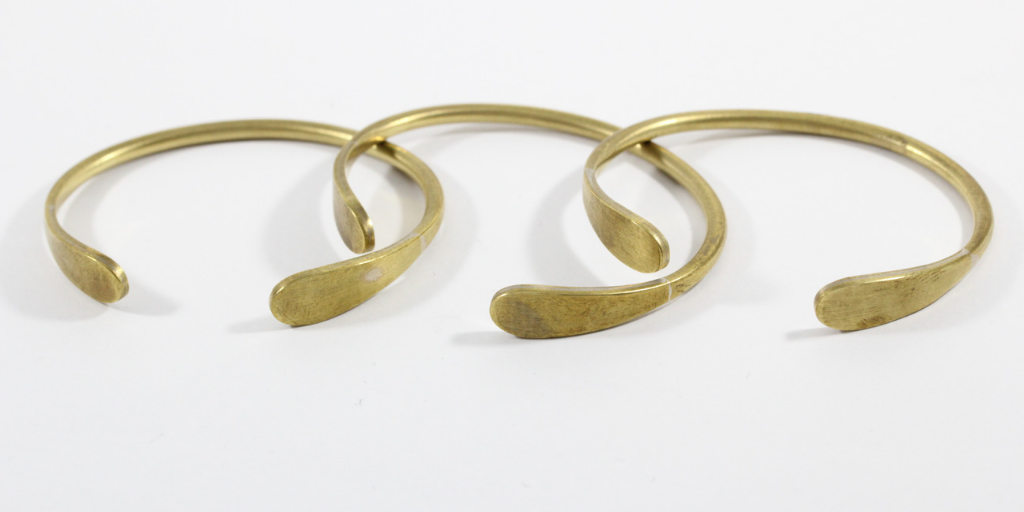
A set of brass bracelets
- Bronze: Like brass, bronze is also a copper alloy that contains copper and tin. It also has a warm yellow color, and is the hardest out of the three metals. However, it is still prone to oxidation, and wet or humid environments may cause the metal to develop “bronze disease,” a chemical process that eats away at the surface. Certain mixes of bronze may contain nickel, which aggravates sensitive skin.
Why Jewelers Don't Want to Resize Base Metal Rings
Base metals, as stated, are tricky to work with because of their physical properties. Here's a quick list of reasons why most jewelers dislike working with these rings:
- Heat transference: Heat transference is the term used to refer to how quickly heat moves through a metal. While precious metals have strict regulations about their consistency (such as 18k gold and 92.5% silver) and have a predictable heat transference, base metals come in a variety of compositions due to lack of regulation on created alloys. This causes the heat transference of copper, brass, and bronze jewelry to vary from piece to piece, making it difficult for the jeweler to figure out how much heat to apply when metalworking. A lack of knowledge about the metal can cause the jeweler to overheat the piece and potentially burn the design.
- Melting point: Brass, out of the three metals, is especially prone to this. While its low melting point means that brass is easy for an artisan to work with and shape, it can also create problems during repair. Much like heat transference, if a jeweler overheats the piece, it can deform the overall appearance of the jewelry.
- Solder incompatibility: Solder is a easily melted, fusible alloy that is used in jewelry to hold two pieces of metal together, like glue. Solder normally comes in silver or gold, for precious metal jewelry work. As a result, when copper, brass, or bronze rings are resized, the jeweler will use silver solder instead of matching solder types. This causes a difference in color that is noticeably visible on the area of work.
In some cases, solder may not even stick to the base metal if it happens to be a particularly odd alloy. This renders the ring unsizeable. - Metal inconsistency: To resize a ring up, additional metal needs to be added to the band. Most jewelers do not have copper, brass, or bronze on-site; as a result, the ring may be sized up with a different metal, such as a precious metal like sterling silver. This also creates a visible discoloration at the area of work.
- Contamination: Jewelers who primarily work with precious metals avoid working with base metals as the scraps from the resizing process can potentially get confused with precious scrap metal. This becomes bothersome for the jeweler, as they want to maintain the purity of any precious metals that they are reusing.
As a result of these complications, rings made from base metals are evaluated on a case-by-case basis to see if they can be worked with before proceeding to the actual resizing process.
The Resizing Process For Base Metal Rings
- Evaluate the ring: This step is crucial for resizing copper, bronze, and brass rings. The jeweler first takes a look at the ring's design. Does it contain stones? Are the gems real, or are they made from plastic and glass? Is the ring plated? These are all questions the jeweler needs to ask, as these factors will affect the resizing process. After making the appropriate notes, the jeweler may heat test the item by exposing a very small area to controlled heat in order to see how well it reacts before proceeding to work. If the ring does not take well to the exposure, the jeweler will inform the client.
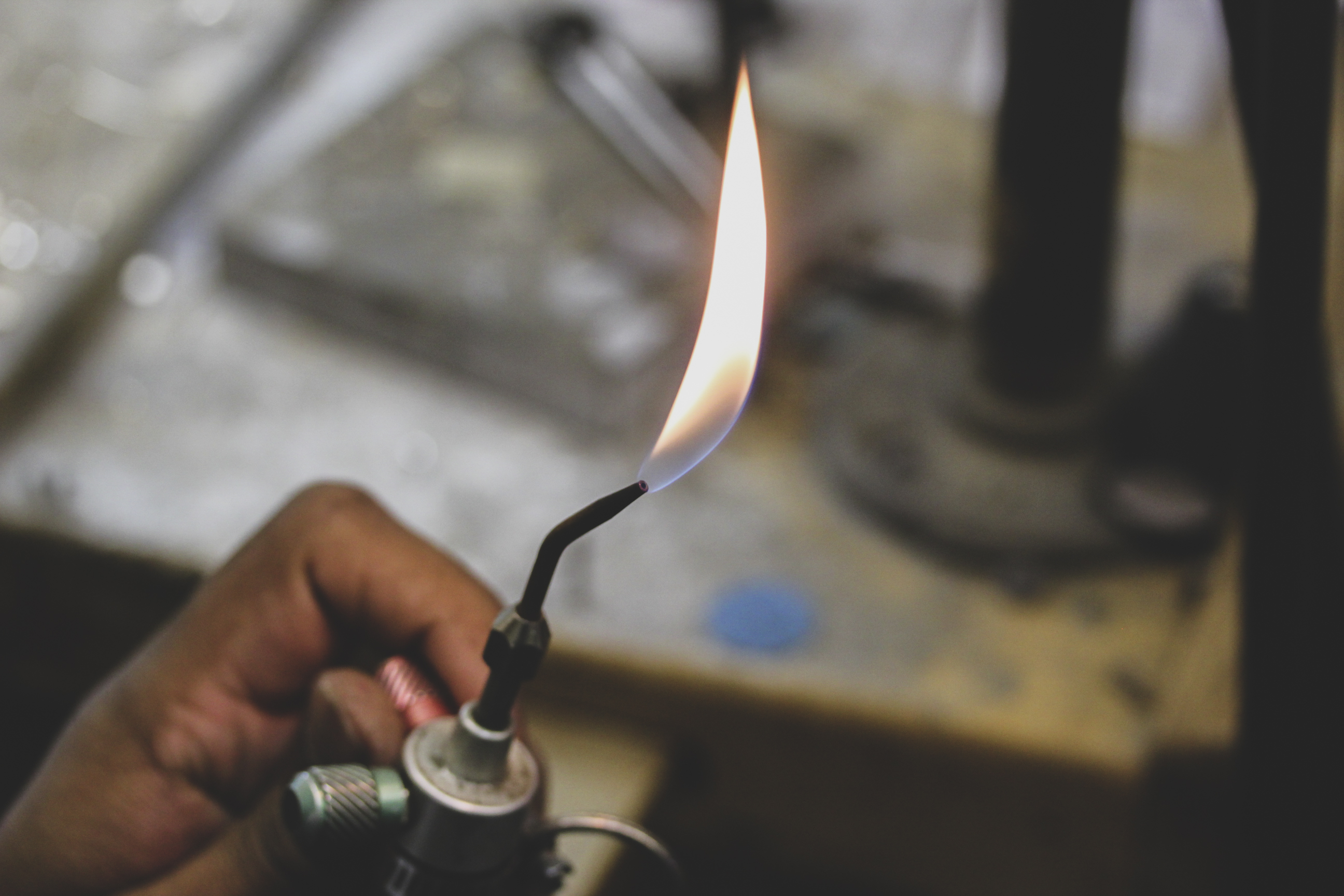
A jeweler's torch is the best way to expose the metal to some heat.
- Stone removal and avoidance: Jewelry made from base metals tend to be costume jewelry. As a result, most stones set into copper, brass, and bronze rings happen to be faux gems made from flammable materials such as plastic. This makes them susceptible to burning, especially with the fast heat transference of base metals. If the jeweler can remove the stones, they will be taken out to reset at a later time.
- Resizing: Once the ring has been evaluated and properly prepared, it moves to the resizing process. In order to size down, the ring is cut open and metal is taken out. Once the ring is the proper shape, the cut is closed. For sizing up, the ring is opened and metal is added until the ring is the correct size. The jeweler then ensures it stays round and seals the cut with solder.
- Resetting and polishing: After the resizing process, the ring is sent to polishing. The polisher buffs off any blemishes, scratches, or bumpy solder spots to return the ring to a perfect finish. This step is essential if the ring needs to be re-plated. If any stones were taken out, they will also be reset into the ring after resizing work.
- Cleaning: Depending on the ring, it's either submerged into the ultrasonic cleaning tank or cleaned with a blast of high pressure steam. The ultrasonic tank is better for removing dirt in hard to reach places due to its ability to knock out grime with bubbles, but it requires full submersion of the ring into water. This loosens any glue-set stones, making the steam cleaning a better choice for costume jewelry.
Plating Base Metal Rings
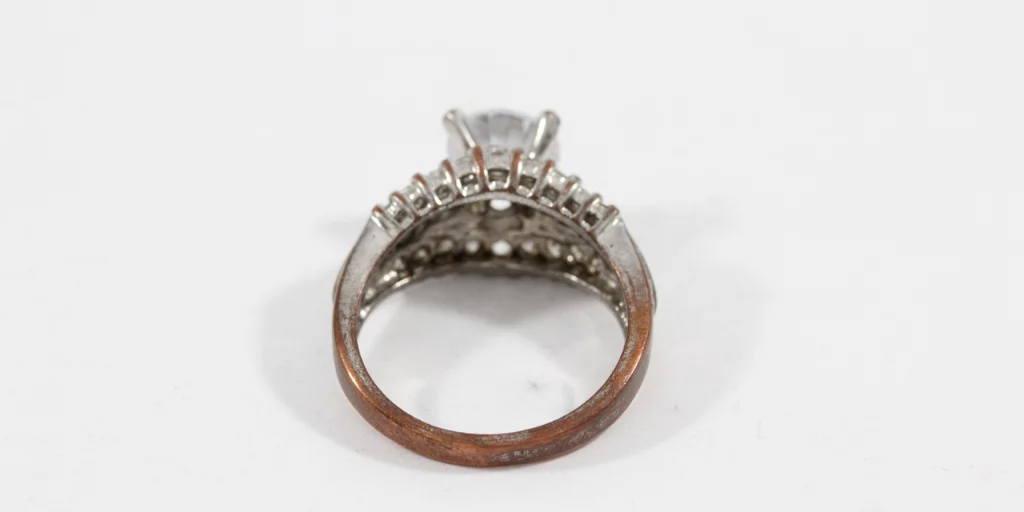
This copper ring needs to be re-plated.
Gold electroplating or rhodium plating base metals can be very tricky. The process of plating involves a lot of chemistry, and base metals are notorious for being highly incompatible, to the point where some jewelers flat out refuse to re-plate them. In order to plate them, it's sometimes necessary to plate a preliminary coating of a more amenable metal, such as nickel, over the item before plating it again with gold or rhodium. It's important to note that the item must be perfectly polished and cleaned before sent to plating; a rough texture results in irregular and discolored plating.
Why You Should Resize Base Metal Rings
No matter how odd the material is, it's still a sentimental piece of jewelry! You should definitely still attempt to size the ring; just perform your due diligence and take the ring to a jeweler who can give you a full, detailed explanation on what the work would entail and the potential risks.
If the ring really cannot be worked on because of its composition and design, consider getting it recreated in the correct size. You can even change the metal type and upgrade the ring to a higher quality!
Now you're well-informed on how to resize base metal rings! If you have a ring made from a base metal and you want to resize it, drop us a quick line in the comments below and we'll help you out with an evaluation.

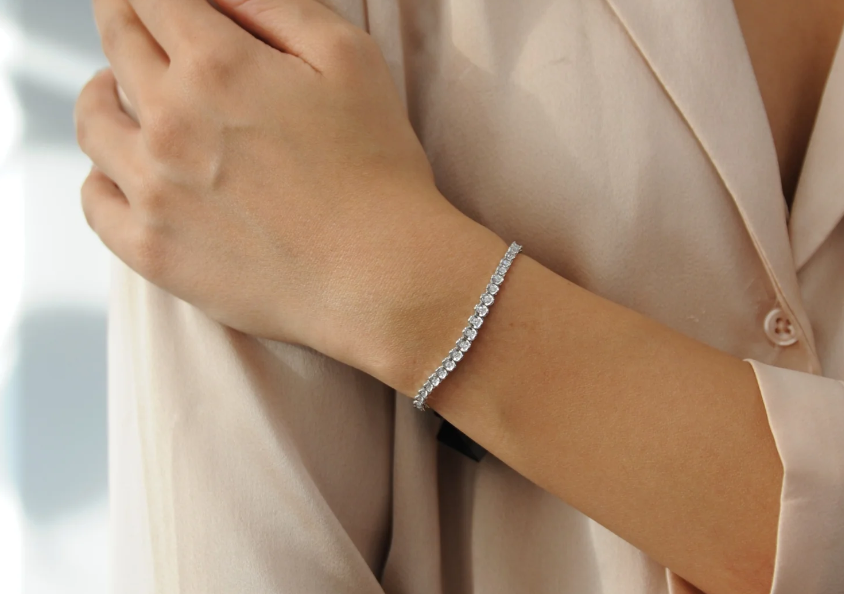
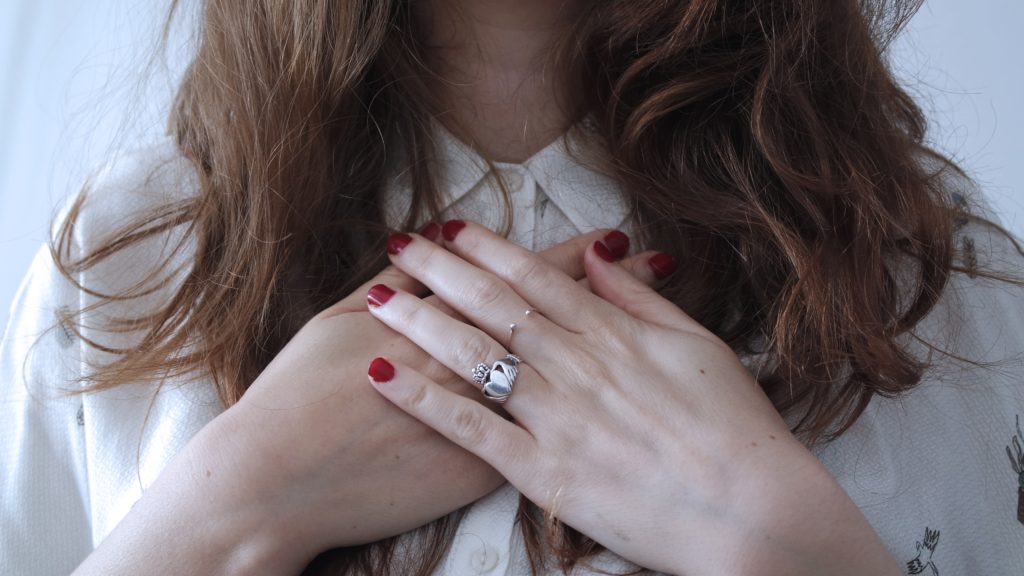
I have a samie Meghan m hodium plating 3.67ctw vs how much would it cost to resize it from a 5 to a 7
Hi Karen,
Could you please clarify what you mean? I’d be happy to help you with the resizing.
Hey there. I have a piece of costume jewelry that seems to be made out of a base metal. My guess is that it is probably brass but it’s plated with a silver color. It has an inscription and a plastic gem. I believe it’s a size 5 or 6 but my ring size is an 8. The band is also thick and wide. I’m not sure if it can be done, but I’d figure this is worth a try.
I have a ring made out of copper I want to resize from 7 to 8. It’s costume jewelry but very pretty.
Hi there, please email us a picture to [email protected] for further assistance!